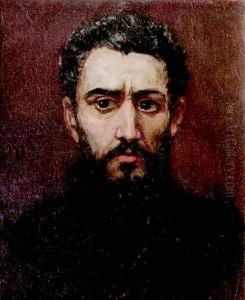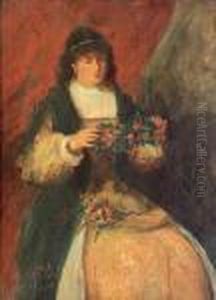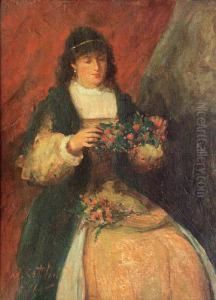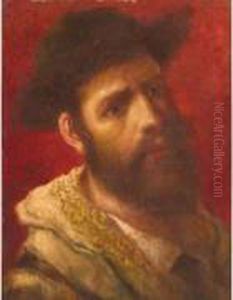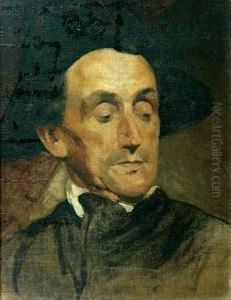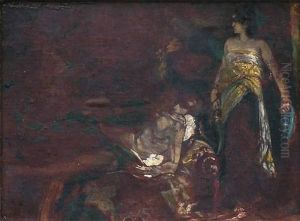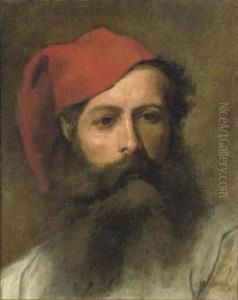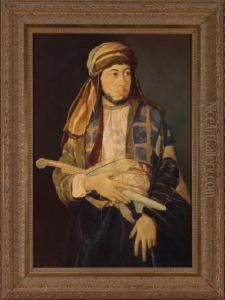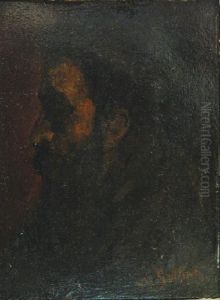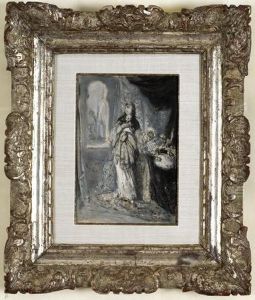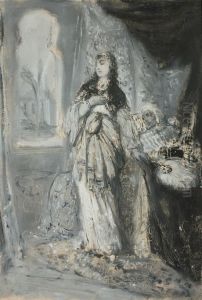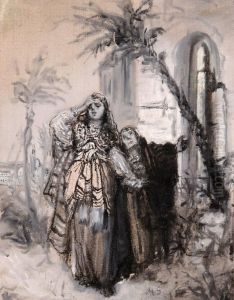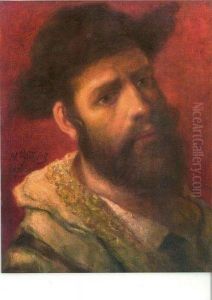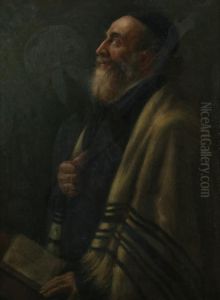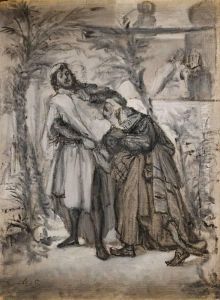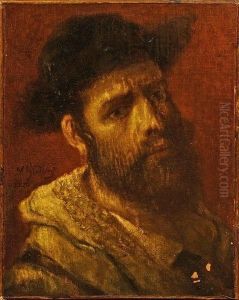Moritz, Maurycy Gottlieb Paintings
Maurycy Gottlieb was a Polish-Jewish painter, born in Drohobych (then part of the Austro-Hungarian Empire, now Ukraine) in 1856 into a prosperous Jewish family. Despite the brevity of his life, dying at the young age of 23, Gottlieb left a significant mark on the world of art, particularly within the realm of Jewish cultural history. His work is often associated with the Romantic period and he is considered one of the most notable Jewish artists of the 19th century.
Gottlieb showed an early talent for art and was initially educated in Lviv before moving on to study at the Vienna Academy of Fine Arts in 1871. His time in Vienna was followed by studies at the Academy of Fine Arts in Kraków, and then in Munich. Throughout his education, Gottlieb was exposed to a variety of artistic styles and techniques, which influenced his evolution as an artist. He was particularly drawn to the themes of Jewish history and culture, which became central to his work.
Gottlieb's art is characterized by its emotional depth and its exploration of Jewish identity, religion, and history. His paintings often reflect a deep sense of personal and collective memory, and he is known for his ability to blend traditional Jewish themes with the broader European Romantic movement. Some of his most famous works include 'Jews Praying in the Synagogue on Yom Kippur' and 'Recha Welcoming Her Father', which depict scenes of Jewish life with profound emotional resonance and technical skill.
Despite his promising career, Gottlieb's life was cut short by illness. He died in 1879 in Kraków, leaving behind a relatively small but impactful body of work. His paintings have been celebrated for their innovative approach to Jewish themes and their contribution to the understanding of Jewish identity in the context of European art. Gottlieb's legacy is preserved through his art, which continues to be studied and admired for its beauty and depth.
